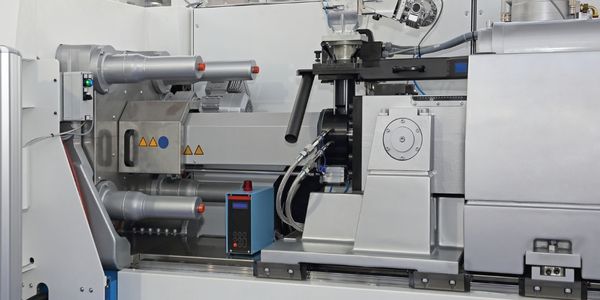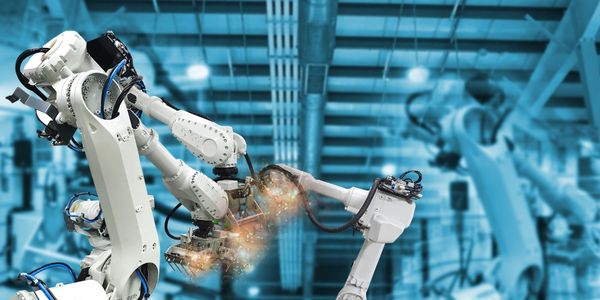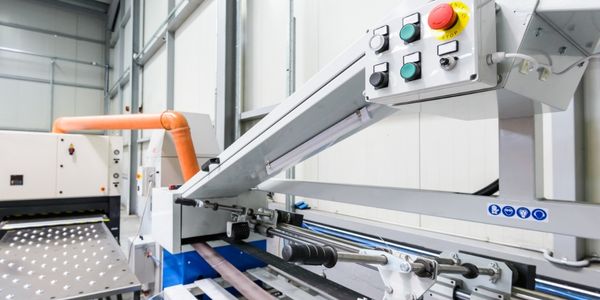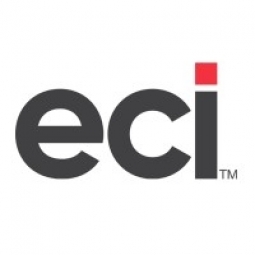Customer Company Size
SME
Region
- America
Country
- United States
Product
- E2 Shop System
- E2 Quality Module
- E2 Inventory App
Tech Stack
- ERP Software
Implementation Scale
- Enterprise-wide Deployment
Impact Metrics
- Productivity Improvements
- Customer Satisfaction
Technology Category
- Functional Applications - Enterprise Resource Planning Systems (ERP)
Applicable Functions
- Discrete Manufacturing
- Quality Assurance
Use Cases
- Manufacturing System Automation
- Inventory Management
Services
- Software Design & Engineering Services
About The Customer
QT Magnetic Solutions is a family-owned company founded in 1992 by CEO Ron Zichterman. The company specializes in the manufacture of fine-tuned, high-end magnets and permanent magnets used across various industries. In addition to manufacturing, they also provide engineering services and create magnetic assemblies for their customers. The company has a total of 11 employees, many of whom are cross-trained in different job functions within the shop. Despite its small size, QT Magnetic Solutions has maintained a strong presence in its niche due to the specialized nature of its work.
The Challenge
QT Magnetic Solutions, a manufacturer of high-end magnets and permanent magnets, was facing challenges with their existing ERP software, JobBoss. The software was not user-friendly and lacked sufficient options on the accounting side, causing issues when trying to enter orders. The company needed a more flexible and comprehensive solution that would streamline their operations and improve access to different areas of the business.
The Solution
QT Magnetic Solutions decided to switch to the E2 Shop System, an ERP software that offered more flexibility and comprehensive reporting capabilities. They initially purchased the product in 2016 and later became beta testers for the system. The E2 Shop System, along with the E2 Quality Module and E2 Inventory App, has significantly improved operations across the company. The E2 Quality Module facilitated the implementation of a new quality procedure by providing the necessary paperwork, while the E2 Inventory App has streamlined inventory management by allowing instant access to any item in inventory.
Operational Impact

Case Study missing?
Start adding your own!
Register with your work email and create a new case study profile for your business.
Related Case Studies.

Case Study
Plastic Spoons Case study: Injection Moulding
In order to meet customer expectations by supplying a wide variety of packaging units, from 36 to 1000 spoons per package, a new production and packaging line needed to be built. DeSter wanted to achieve higher production capacity, lower cycle time and a high degree of operator friendliness with this new production line.

Case Study
Robot Saves Money and Time for US Custom Molding Company
Injection Technology (Itech) is a custom molder for a variety of clients that require precision plastic parts for such products as electric meter covers, dental appliance cases and spools. With 95 employees operating 23 molding machines in a 30,000 square foot plant, Itech wanted to reduce man hours and increase efficiency.

Case Study
Hospital Inventory Management
The hospital supply chain team is responsible for ensuring that the right medical supplies are readily available to clinicians when and where needed, and to do so in the most efficient manner possible. However, many of the systems and processes in use at the cancer center for supply chain management were not best suited to support these goals. Barcoding technology, a commonly used method for inventory management of medical supplies, is labor intensive, time consuming, does not provide real-time visibility into inventory levels and can be prone to error. Consequently, the lack of accurate and real-time visibility into inventory levels across multiple supply rooms in multiple hospital facilities creates additional inefficiency in the system causing over-ordering, hoarding, and wasted supplies. Other sources of waste and cost were also identified as candidates for improvement. Existing systems and processes did not provide adequate security for high-cost inventory within the hospital, which was another driver of cost. A lack of visibility into expiration dates for supplies resulted in supplies being wasted due to past expiry dates. Storage of supplies was also a key consideration given the location of the cancer center’s facilities in a dense urban setting, where space is always at a premium. In order to address the challenges outlined above, the hospital sought a solution that would provide real-time inventory information with high levels of accuracy, reduce the level of manual effort required and enable data driven decision making to ensure that the right supplies were readily available to clinicians in the right location at the right time.

Case Study
Fully Automated Visual Inspection System
Tofflon has developed a fully automatic machine that uses light to inspect vials, medicine bottles, or infusion containers for glass fragments, aluminum particles, rubber grains, hairs, fibers, or other contaminants. It also detects damaged containers with cracks or inclusions (microscopic imperfections), automatically removing faulty or contaminated products. In order to cover all production processes for freeze-dried pharmaceuticals, Tofflon needed to create an open, consistent, and module-based automation concept.

Case Study
SAP Leonardo Enabling Rocket Science
At times, ULA has as many as 15 different operating systems dedicated to overlapping processes, such as rocket design, testing, and launch. Multiple systems created unnecessary costs and unwanted confusion among workers at offices, factories, and launch sites in different location. In order to improve collaboration and transparency during vital activities that directly influence mission success, ULA wanted to improve data sharing and streamline manufacturing processes.








